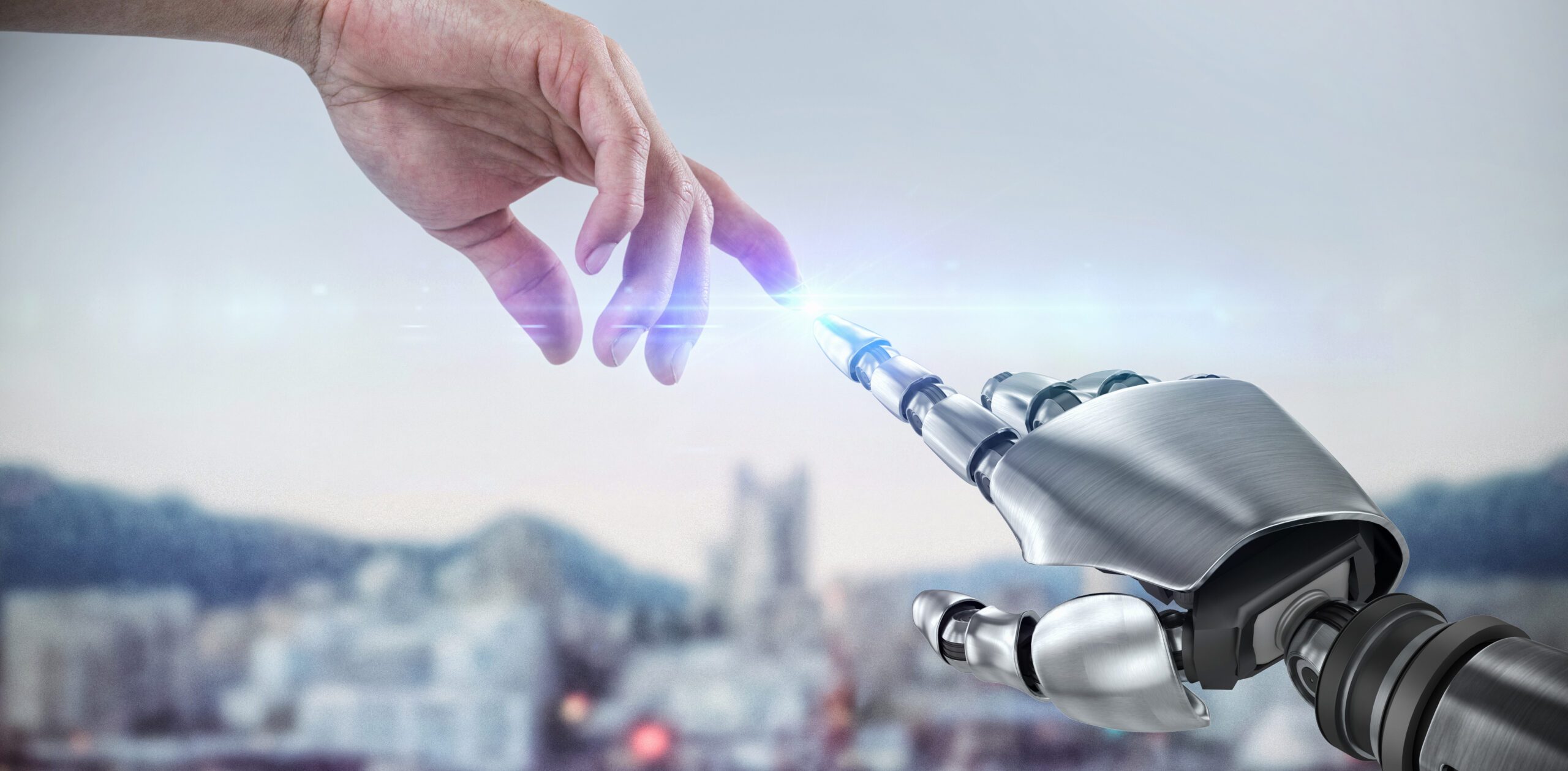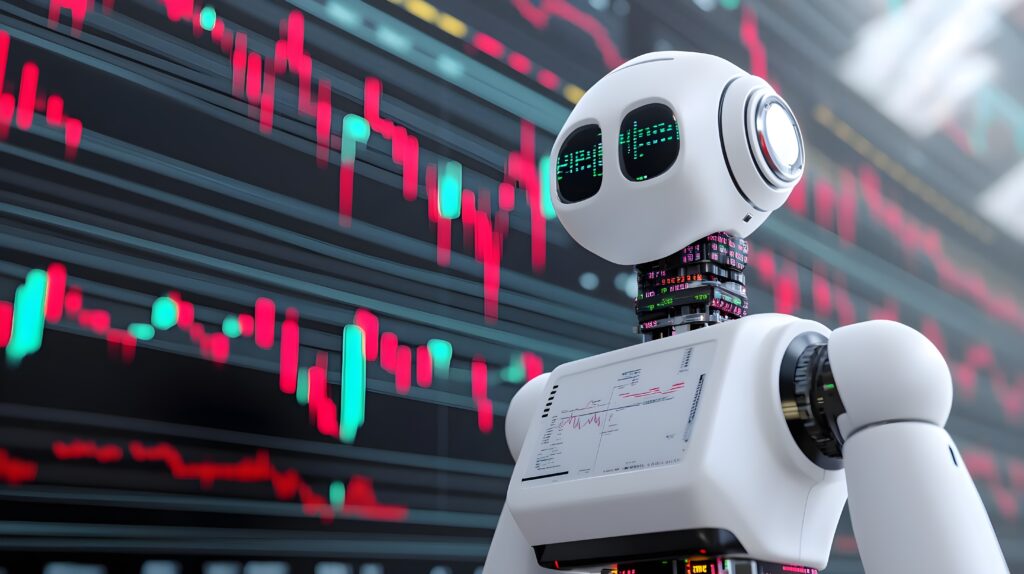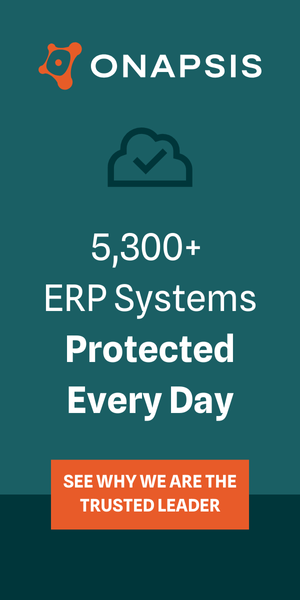Automation and AI are both supporting businesses to make better decisions but at the same time are embedding age-old biases. As online and HR platforms increasingly turn to AI (artificial intelligence) and data-driven decisions to attract and retain talent we must include the wider society in doing more to achieve fairness. At Gapsquare, we work to ensure that equality takes centre-stage in such developments.
A few decades ago, as I was deciding which university degree to go for and what skills and qualifications I needed for my future career, tech, engineering and maths were not among my options. In fact, if anyone had told me that I would be using statistical regression models and leading a company that builds software to help create more fairness in employment in 2019 I would have seriously questioned them. But I have had to turn to technology, maths, and artificial intelligence because they enabled by far the best opportunity to solve a global problem: that of unequal and unfair pay in many companies around the world.
What I have learned during years of working in equalities and technology is that software can help companies create fair pay on a scale and magnitude that no other solution can. What I did not expect is that I would find myself in a world where, while tech and artificial intelligence could offer a solution to equality and fairness at work, it also brings one of the biggest roadblocks to equality.
Tech offers up both the issues of ongoing bias, and the opportunity to resolve inequality for good.
As I pondered my options and weighed up my future at the beginning of my educational journey, the conceptualisation and design of AI that engendered biases was already on its way too. The biases in how humans were moved through the workforce and beyond were being engendered, steadily and often unknowingly, into the technologies defining our future. Nowadays, there are a range of examples of tech and AI demonstrating such bias. It is often easy to see that the data we feed our technology – and the teams that work to develop software – are mostly masculine, mostly white and often middle class.
To give an example, you might remember that last year Amazon hit the headlines because of its AI based hiring tool. The platform was developed by a team of data scientists in Edinburgh, Scotland, using CVs from a ten-year period to train models to identify top engineering talent. The models were programmed to recognise some 50,000 terms showing up in past CVs and select candidates based on the use of terms previously associated with ‘successful’ individuals. Perhaps inevitably, the algorithms began to prioritise applications that included more male-dominated language; words associated with success such as: ‘captured’, ‘created’, and ‘lead’. Candidates who used, for example, the word ‘woman’ in their CVs (i.e. women’s soccer club) were automatically downgraded.
It wasn’t long before this intrinsic bias became apparent. The candidates being selected were unanimously representative of a group already dominant within the workforce. The technology had ruled out gender diversity in particular. When the company realised what was happening it worked on making the terms more gender neutral, taking backward steps to undo historical bias. The program has since been scrapped, there was just no guarantee that it would not continue to discriminate in other ways.
It’s time to take a magnifying glass to the assumptions our technologies are making and build fairer systems from the ground up.
Though this may not exactly give you hope about the potential of AI and automation, I believe stories like this should help us to see the potential of technology to do more. Technology that embeds bias reveals itself quickly and signals a need for change. It is inevitable that organisations offering ERP (enterprise resource planning) solutions are going to use more artificial intelligence and data-driven decision making to optimise processes, including HR. But there are a few things that can ensure that biases are accounted for.
It’s time to take a magnifying glass to the assumptions our technologies are making and build fairer systems from the ground up.
At Gapsquare we want to see technology developed to demonstrate a higher level of objectivity and fairness than occurs naturally in human societies (at the moment). But we must all work to make sure that these technologies create fair systems and processes for all. It is time, we think, to question the data going into a system, question the algorithms developed and observe their resultant conclusions. It’s time to take a magnifying glass to the assumptions our technologies are making and build fairer systems from the ground up. In doing so, we ensure that we are embracing the potential and the pay off of building inclusive workplaces and inclusive companies. In doing so we guarantee that the world of tomorrow will look substantially better than the world as we know it today.
Dr. Zara Nanu is the CEO and co-founder at Gapsquare. She is an expert on how diversity and inclusion can shape more dynamic and productive teams and a more engaging and empowering workplace. She is an entrepreneur who believes business can generate social impact as well as revenues and profits.





